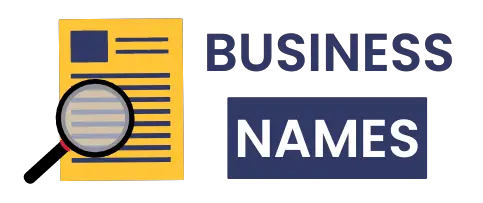When I graduated from college in 2022, I owed $120,000 in student loans. My minimum payment was $1,200 every month for 25 years.
Do the math. That’s $360,000 total.
I made $67,000 at my first job. After taxes, I took home about $2,800 monthly. Almost half would go to loan payments alone.
I felt sick.
You might feel the same way right now. The average student loan debt is $38,883, but plenty of people owe way more. About 42.5 million Americans carry student loans. Most feel trapped.
But here’s what I learned: You don’t have to pay for 25 years. You don’t have to let debt control your life.
I paid off my $120,000 in exactly 36 months. I saved $240,000 in interest payments. And I’ll show you exactly how I did it.
My $120K Wake-Up Call

Let me break down what I owed:
- Federal Direct Loans: $85,000 at 6.8% interest
- Parent PLUS Loans: $35,000 at 7.9% interest
That 7.9% loan was a killer. It was killing me even when I slept.
Current federal loan rates are even higher now – 6.53% for undergrads and 8.05% for grad students. If you’re dealing with today’s rates, you’re facing an even bigger problem than I was.
My loan servicer put me on the standard 10-year plan at first. But even that meant $1,400 monthly payments. I couldn’t afford it.
So they “helped” by switching me to an income-based plan. Lower monthly payments, but stretched over 25 years. That’s how I got to the $360,000 total.
The worst part? 42% of people with student loans are still paying them off 20 years later.
I refused to be one of them.
The 3-Part Strategy That Saved Me $240,000
Most people try to pay off debt by cutting expenses. They eat ramen and skip coffee. It doesn’t work for big debts.
I used a different approach with three parts
Let me explain each one.
Part 1: Why I Chose Debt Avalanche Over Debt Snowball

You’ve probably heard of the debt snowball. Pay minimums on everything, then attack your smallest debt first.
Dave Ramsey loves this method. And it works for motivation.
But I did the math. The debt avalanche method saved me $18,000 compared to the snowball.
Here’s how Avalanche works:
- List all debts by interest rate (highest first)
- Pay minimums on everything
- Put extra money on the highest-rate debt
- When that’s gone, attack the next highest rate
My Parent PLUS loan at 7.9% got hit first. Then the 6.8% Direct loans.
I used the Unbury.me calculator to map this out. It showed me exactly how much interest I’d save.
Part 2: I Had to Make More Money
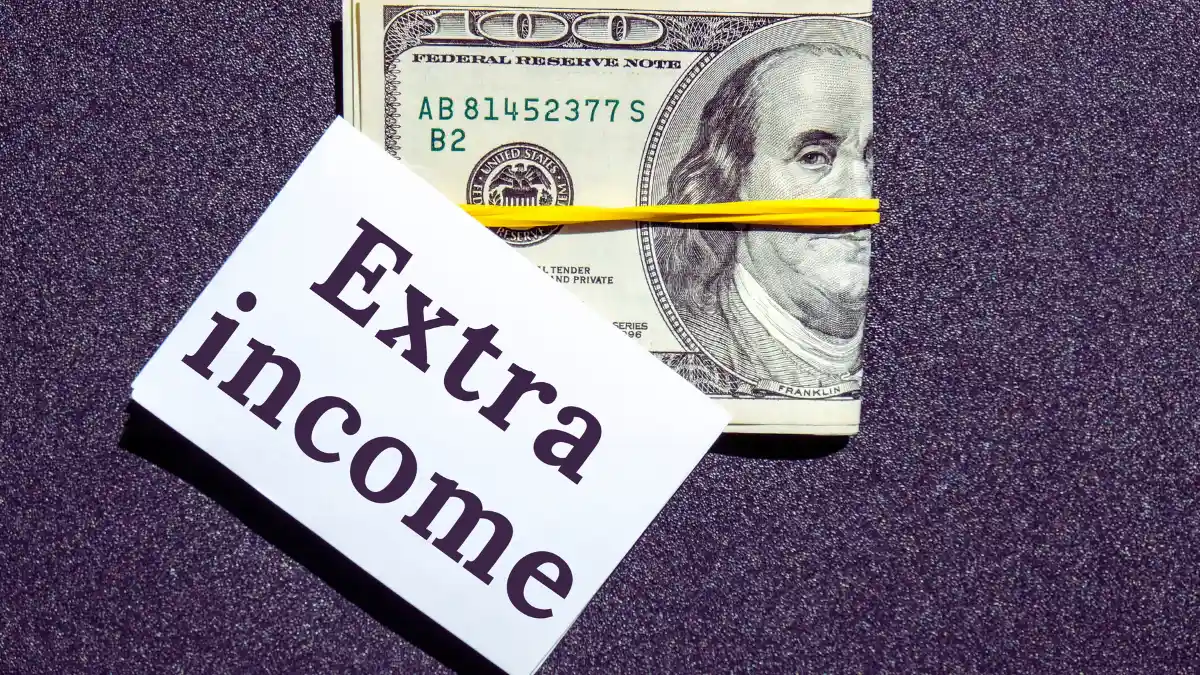
You can’t cut your way out of six-figure debt. The math is simple.
Let’s say you make $50,000 per year. After taxes, that’s about $3,200 monthly. Even if you cut every single expense down to a bare minimum – rent, food, utilities – you might free up $800 per month.
At $800 extra monthly, it would take you 12.5 years to pay off $100,000. Plus interest.
That’s why most people stay trapped. They focus only on cutting expenses.
I realized I needed to flip the equation. Instead of just cutting costs, I had to grow my income fast.
Here’s the thing about income: It has no ceiling. You can always make more. There’s no limit to how much extra money you can earn if you’re willing to work for it.
But I had to be smart about it. I couldn’t just work more hours at my day job. I was already maxed out there.
I needed multiple income streams. Different ways to make money that didn’t depend on my boss giving me a raise.
This is where most people get overwhelmed. They think about starting a business or learning complex new skills. Don’t do that.
Start with what you already know. Use skills you have right now. Make money this month, not next year.
Part 3: Smart Expense Cuts That Actually Worked

Here’s what doesn’t work: Cutting every small expense and living like a monk.
I tried the extreme approach at first. No coffee, no entertainment, no fun. I lasted three weeks.
The problem with extreme cuts is that they’re not sustainable. You burn out. Then you spend more money than before because you feel deprived.
Instead, I focused on three big wins. Three changes that would save serious money without making me miserable every day.
The secret was cutting things that didn’t really matter to me while keeping the stuff that did.
I didn’t cut my gym membership because exercise keeps me sane. I didn’t stop seeing friends. I didn’t eat rice and beans for every meal.
But I did make three big changes that saved me $1,200 monthly. And once I made them, they were automatic. No daily willpower required.
How I Went From $67K to $110K in 24 Months
Here’s the truth about my income growth:
- Year 1: $67,000 salary
- Year 2: $78,000 salary + $32,000 side income
- Year 3: $78,000 salary + $32,000 side income
Total income by year 3: $110,000
Let me show you exactly how I did each part.
Salary Jump: From $67K to $78K

Six months into my job, I asked for a meeting with my boss.
But I didn’t just walk in and ask for more money. I prepared like I were studying for a final exam.
What I brought to the meeting:
- Salary data from Glassdoor and PayScale for my role
- Three specific projects where I saved the company money
- A list of extra responsibilities I’d taken on
- Market rates for similar positions at competitor companies
I didn’t say “I need more money.” I said, “Based on my research, people in my role typically earn $72,000-$78,000. Given my performance on the Johnson project and the process improvements I’ve implemented, I’d like to discuss bringing my salary in line with market rates.”
I asked for $75,000. They offered $78,000.
Most people never negotiate salary. A survey by Salary.com shows that only 37% of people always negotiate salary. They leave thousands on the table every year.
Here’s the key: Make it about market value, not personal need. Employers don’t care that you have student loans. They care about what you’re worth to the company.
Side Hustle Portfolio: $32,000 Per Year

I didn’t rely on one side hustle. I built a portfolio of four different income streams:
1. Freelance Writing: $1,800/month
This was my biggest side income source. Here’s how I built it:
Month 1-2: Learning and setup
- Created profiles on Upwork and Fiverr
- Wrote three sample articles in different niches
- Started bidding on $25-50 projects
Months 3-6: Building reputation
- Completed 15 small projects with perfect ratings
- Raised rates to $50-75 per article
- Started getting repeat clients
Month 7-24: Scaling up
- Focused on higher-paying clients ($100-200 per article)
- Specialized in business and finance writing
- Worked about 15 hours per week
The key was treating clients like gold. I always delivered early and asked what else they needed. Three clients gave me regular work, which made my income predictable.
2. Online Tutoring: $800/month
This was my easiest side hustle to start because I was already good at math and science.
Platform: Wyzant
- Set up a profile highlighting my engineering degree
- Started at $25/hour (below market rate to get reviews)
- Raised to $30/hour after getting five 5-star reviews
- Worked 7 hours per week, mostly evenings and weekends
Students I helped:
- High school algebra and calculus
- College physics and chemistry
- SAT and ACT math prep
The best part was seeing students improve. One kid raised his SAT math score by 150 points. His parents referred three friends to me.
3. Print-on-Demand Business: $1,000/month
This took the longest to build, but became mostly passive income.
How it worked:
- Created designs for specific jobs and hobbies
- Listed them on Etsy, Amazon Merch, and Redbubble
- When someone ordered, the platform printed and shipped
- I earned $2-8 per item sold
My process:
- Used Google Trends to find popular niches
- Created simple text-based designs in Canva
- Made variations for different products (mugs, t-shirts, stickers)
- Posted 5-10 new designs weekly
What sold best:
- Gifts for specific professions (teachers, nurses, accountants)
- Funny sayings for dog and cat owners
- Motivational quotes for fitness and business
It took 6 months to make my first $100. But by month 12, I was earning $1,000+ monthly with minimal ongoing work.
4. Rent Out Spare Room: $650/month
I lived in a two-bedroom apartment and rarely used the second room.
Airbnb setup:
- Bought basic furniture from Facebook Marketplace ($300 total)
- Took professional-looking photos with my phone
- Priced 10% below similar listings to get bookings fast
- Focused on business travelers (they’re cleaner and quieter)
Time commitment:
- 30 minutes between guests (cleaning and restocking)
- 15 minutes per booking (communication)
- About 2 hours total per guest
What made it successful:
- Super clean space with good wifi
- Quick responses to messages
- Small touches like free coffee and a phone charger
- Close to public transportation
The income was lumpy – some months $400, others $900. But it averaged $650 monthly over two years.
Total side hustle income: $4,250 per month
Here’s what most people get wrong about side hustles: They try to do everything at once and burn out in two months.
I started with tutoring because I already had the skills. Once that was bringing in $500 monthly, I added writing. Six months later, I started the Etsy business. The room rental came last.
Build one income stream at a time. Get it working before adding the next one.
Also, 38% of Americans have side hustles, but most treat them like hobbies. They work when they feel like it and don’t track what makes money.
I treated mine like business. I tracked which activities made the most money per hour. I focused on those and dropped the low-paying stuff.
The Expense Cuts That Didn’t Make Me Miserable
I cut $1,200 from my monthly spending. But I was strategic about it.
The key was making a few big changes instead of trying to save $5 here and $10 there. Small cuts add up, but they also create decision fatigue. You get tired of constantly saying no to yourself.
I made three major changes that saved serious money:
1. Housing: Moved Back Home (8 Months)

- Old cost: $1,800/month (rent, utilities, internet)
- New cost: $0 (lived with parents for free)
- Saved: $1,800/month
- Total savings: $14,400
This was the hardest decision emotionally. I was 23 and felt like I was going backward.
But here’s what made it work:
I set a clear end date: Eight months. Not forever. I had a specific goal and timeline.
I contributed to the household: I cooked dinner twice a week, did yard work, and paid for groceries sometimes. I wasn’t just mooching.
I kept my social life: I still hung out with friends, just met them at places instead of hosting at home.
I saved every penny of rent money: Didn’t use the extra $1,800 for fun stuff. It all went to debt.
The psychological boost was huge. In eight months, I paid off $14,400 extra on my loans. That’s progress you can see and feel.
2. Transportation: Sold My Car

- Old monthly cost: $450 (car payment $280, insurance $85, gas $85)
- New monthly cost: $75 (public transit pass)
- Saved: $375/month
- Total savings over 3 years: $13,500
I had a 2019 Honda Civic with three years left on the loan. I owed $12,000, and it was worth $14,000.
I sold it for $14,000, paid off the loan, and pocketed $2,000 extra for debt payments.
How I made it work:
- Lived in a city with decent public transportation
- Used the bike for short trips (got in great shape)
- Used car-sharing apps (Zipcar) for occasional needs
- Asked friends for rides to big events (always offered gas money)
What I discovered:
- My commute took 10 extra minutes by train
- I read books during my commute instead of stressing in traffic
- I walked way more and felt healthier
- I didn’t miss car maintenance, parking hassles, or gas price anxiety
This wouldn’t work everywhere. If you live in a rural area or a city with bad public transit, keep your car. But if you have options, consider it.
3. Food: Meal Prep Sundays

- Old food budget: $500/month ($350 restaurants, $150 groceries)
- New food budget: $200/month (all groceries)
- Saved: $300/month
- Total savings over 3 years: $10,800
I didn’t stop eating good food. I just stopped paying restaurant prices for it.
My Sunday routine (2-3 hours):
- Planned the week’s meals
- Shopped for groceries
- Cooked large batches of 3-4 dishes
- Divided everything into containers
What I meal prepped:
- Breakfast: Overnight oats with different fruits
- Lunch: Big salads with grilled chicken or beans
- Dinner: One-pot meals like stir-fries, curries, pasta dishes
- Snacks: Cut vegetables, homemade energy balls
How I avoided getting bored:
- Rotated between cuisines (Mexican week, Asian week, Italian week)
- Used different sauces and spices
- Allowed myself one restaurant meal per week
- Invited friends over for home-cooked meals instead of going out
The best part was that I ate healthier. Restaurant food is loaded with salt and sugar. My home-cooked meals had more vegetables and less junk.
I still went out with friends, just less often. Maybe twice a month instead of twice a week.
4. Subscriptions Audit: Cut $180/Month
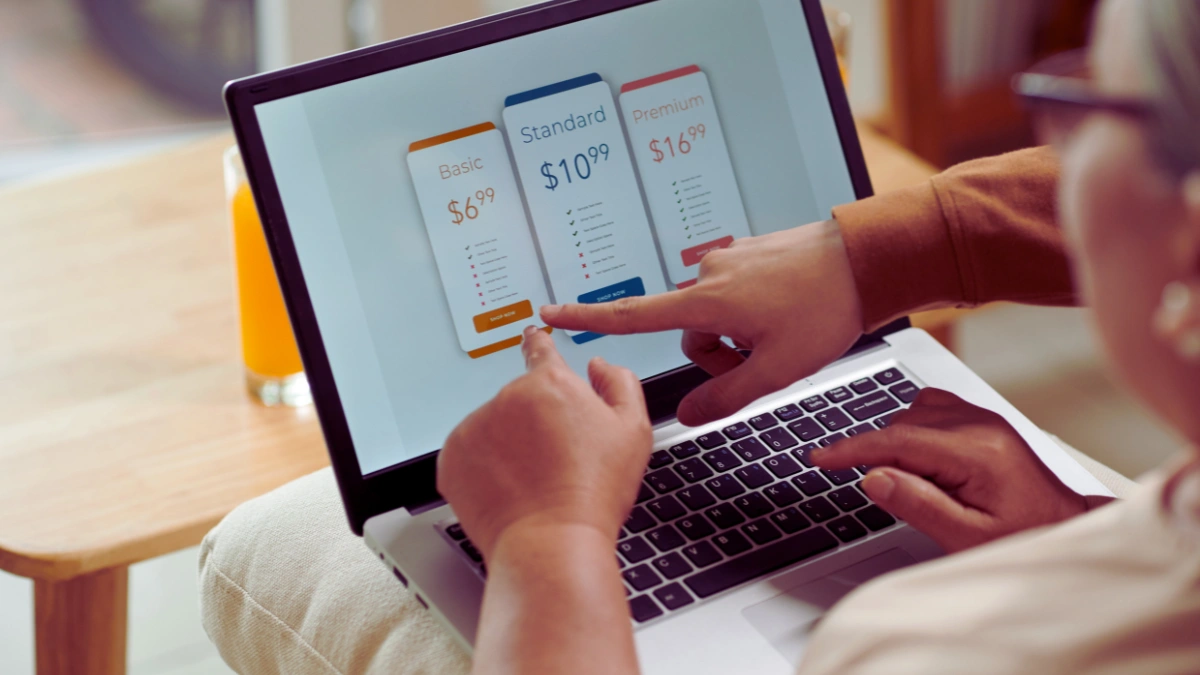
- Netflix: $15/month → Canceled
- Spotify Premium: $10/month → Used free version
- Gym membership: $45/month → Used free outdoor workouts and YouTube videos
- Magazine subscriptions: $25/month → Read free at the library
- Unused apps: $85/month → Canceled everything I didn’t use weekly
What I kept:
- Internet (needed for side hustles)
- Phone plan (switched to cheaper carrier, saved $30/month)
- Amazon Prime (paid for itself with free shipping)
How I replaced cancelled services:
- Used the library for books, movies, and magazines
- Found free workout videos on YouTube
- Used Spotify free version (ads weren’t that annoying)
- Borrowed Netflix passwords from family (don’t judge me)
Total monthly cuts: $2,455. After moving out of parents’ house: $1,200/month
The key was cutting things that didn’t really impact my happiness. I barely missed Netflix because I was too busy working on side hustles anyway.
But I kept things that mattered to my goals. I didn’t cancel the internet because I needed it for freelance work. I didn’t stop all social activities because that would have made me miserable.
The best cuts are the ones you barely notice after a few weeks.
Month-by-Month: How I Paid Off $120,000
Let me show you exactly how the payments broke down:
Year 1: Building Momentum ($45,000 Paid)
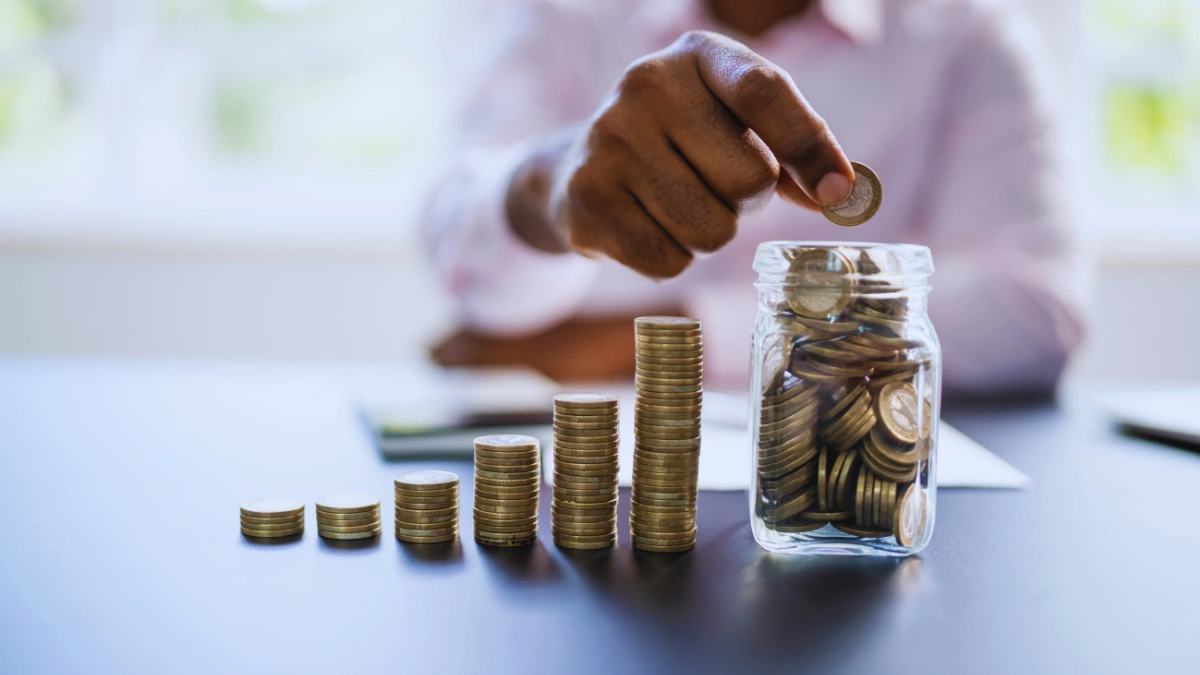
Months 1-3: Emergency Fund
- Built $3,000 emergency fund first
- Kept making minimum payments ($1,200/month)
- Started first side hustle (tutoring)
Months 4-6: First Big Payments
- Emergency fund complete
- Side income hitting $1,500/month
- Extra payment: $2,000/month on Parent PLUS loan
Months 7-12: Full System Running
- All side hustles are active
- Living with parents
- Extra payment: $2,800/month
- Result: Parent PLUS loan down to $15,000
Year 2: The Avalanche Effect ($52,000 Paid)

Months 13-18: Parent PLUS Eliminated
- Finished off the 7.9% loan completely
- The psychological boost was huge
- Started attacking 6.8% federal loans
Months 19-24: Steady Progress
- Moved out of parents’ house
- Rent cut into extra payments, but income grew
- Extra payment: $2,200/month average
- Result: Federal loans down to $23,000
Year 3: The Final Push ($23,000 Paid)
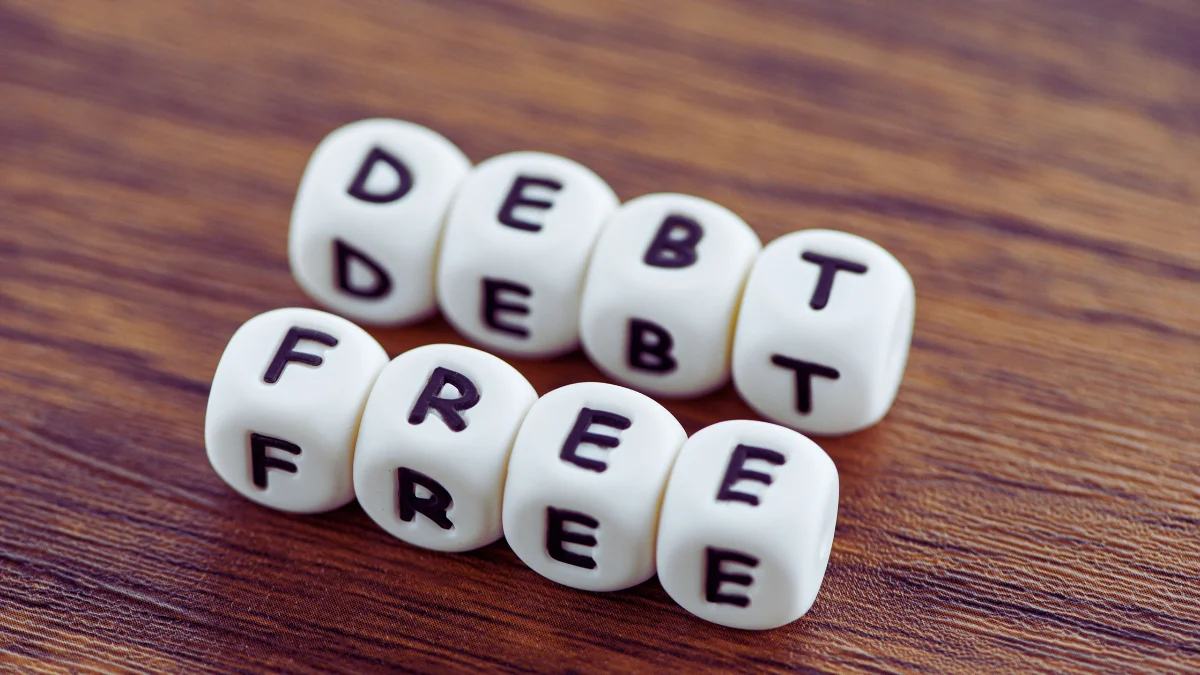
Months 25-30: Sprint Mode
- Used tax refund ($3,200) as a lump payment
- Sold items I didn’t need ($1,500 total)
- Extra payment: $2,500/month
Months 31-36: Debt Freedom
- Made final payment of $8,200 in month 33
- Three months ahead of my 36-month goal
- Total interest saved: $240,000
The compound effect was incredible. As each loan disappeared, I had more money to attack the next one.
The Tools That Made This Possible

I used specific tools to track progress and stay motivated:
1. Debt Calculators
- Unbury.me: Best free debt avalanche calculator
- Ramsey Solutions Student Loan Calculator: Great for motivation
- Federal Student Aid Loan Simulator: Compare repayment plans
2. Budgeting Apps
- EveryDollar: Zero-based budgeting (every dollar has a job)
- Mint: Expense tracking and category analysis
3. Side Hustle Platforms
- Upwork/Fiverr: Freelance writing and design work
- Wyzant: Online tutoring marketplace
- Etsy: Print-on-demand business
- Airbnb: Room rental income
4. Spreadsheets
I created custom Excel sheets to track:
- Monthly debt balances
- Side hustle income by source
- Interest saved vs. minimum payments
- Progress toward debt-free date
You can find similar debt avalanche spreadsheets on Etsy for under $10.
What I’d Do Differently (And What You Should Avoid)
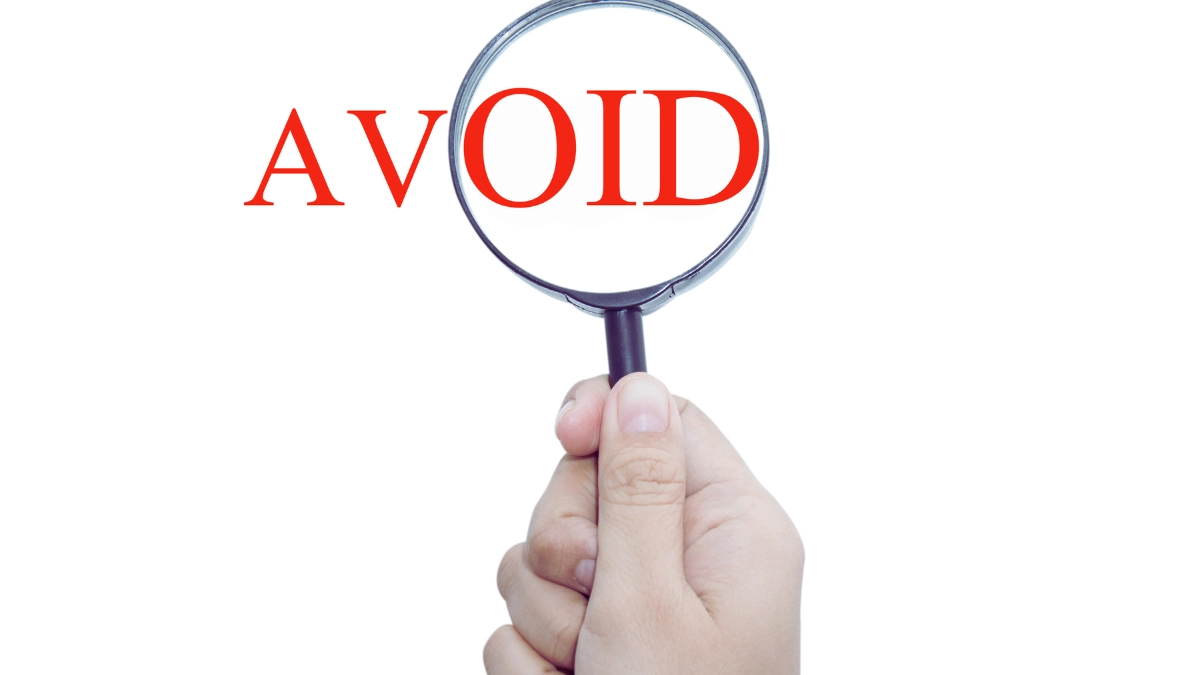
Looking back, I made a few mistakes:
What I’d Change
- Start Side Hustles in College: I could have graduated with less debt if I’d started earning earlier.
- Negotiate Salary Sooner: I waited six months to ask for a raise. I should have done it after three months.
- Track Expenses Better: I wasted money in the first few months because I wasn’t tracking closely enough.
Common Mistakes to Avoid
- Don’t build a huge emergency fund while carrying high-interest debt: I see people with $20,000 emergency funds paying 7% interest on student loans. Build a small emergency fund ($1,000-$3,000), then attack debt.
- Don’t pay extra on low-interest loans first: The debt avalanche method saves more money than any other approach.
- Don’t refinance federal loans to private: You lose protections like income-based repayment and forgiveness options. Only refinance if you’re sure you can pay them off fast.
- Don’t lifestyle inflate as income grows: Every extra dollar should go to debt until it’s gone.
Your Action Plan: Start This Week

Here’s exactly what to do:
Week 1: Know Your Numbers
- List all student loans with balances and interest rates
- Use Unbury.me to create your debt avalanche plan
- Calculate the total interest you’ll save by paying extra
- Set your debt-free date goal
Week 2: Pick Your First Side Hustle
Choose based on the skills you already have:
- Good at explaining things? Try tutoring
- Can you write clearly? Freelance writing
- Organized and reliable? Virtual assistant work
- Have a car? Food delivery or rideshare driving
Don’t overthink this. Pick one and start.
Week 3: Cut Three Big Expenses
Look for monthly savings of $300+ each:
- Housing (roommate, move somewhere cheaper, live with family)
- Transportation (sell car, use public transit, bike)
- Food (meal prep, cook at home, pack lunches)
Week 4: Make Your First Extra Payment
Even if it’s only $50, make an extra payment this month. Tell your loan servicer to apply it to the principal on your highest-interest loan.
This creates momentum.
30-60-90 Day Goals
30 days: First side hustle earning $500/month 60 days: Side hustle income at $1,000/month
90 days: Making $1,500+ extra payments monthly
The Math That Will Motivate You

If you owe $10,000 at 4.5% interest and pay an extra $100 monthly, you’ll be debt-free 5.5 years early.
Scale that up. If you owe $50,000 at 6.8% and can pay an extra $1,000 monthly, you’ll save over $45,000 in interest.
The key is starting now. Every month you wait costs you money.
